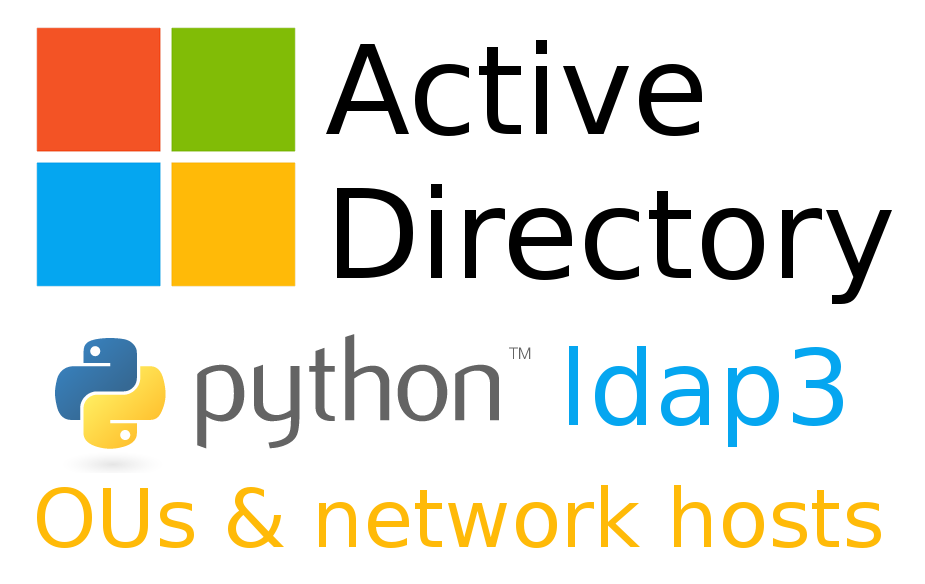Hello everyone! This episode will be about Microsoft Patch Tuesday for May 2023, including vulnerabilities that were added between April and May Patch Tuesdays.
Alternative video link (for Russia): https://vk.com/video-149273431_456239126
As usual, I use my open source Vulristics project to analyse and prioritize vulnerabilities. I took the comments about the vulnerabilities from the Qualys, Tenable, Rapid7, ZDI Patch Tuesday reviews.
It’s been a long time since we’ve had such tiny Patch Tuesday. 57 CVEs, including CVEs appeared during the month. And only 38 without them! 😄
Continue reading

